


Explore Pena National Palace in all its splendor through these captivating videos.
Touch each icon to get the information.

Once you arrive at the site, listen to a brief explanation of the history of the place.
- Audio in English
- Audio en français
- Audio en Español
- Audio auf Deutsch




Choose Your Language.
- Reading in English
- Lire en Français
- Lectura en Español
- Lesen auf Deutsch
The Pena National Palace, located in Sintra, Portugal, is a magnificent palace that combines diverse architectural styles and is considered one of the foremost examples of architectural romanticism in Europe. Its construction began in the 19th century and was commissioned by King Ferdinand II of Portugal.
The palace was built on the site of an ancient Hieronymite monastery and its design was influenced by romanticism and eclecticism. King Ferdinand II aimed to create a royal residence that would be a symbol of Portugal’s identity and historical past.
The palace showcases a blend of architectural styles, including Gothic, Renaissance, Manueline, and Mudéjar elements. Its vibrant colors and hilltop location make it a visually stunning landmark.
Throughout its history, the Pena National Palace has witnessed several significant events. During the Portuguese monarchy, it served as a summer residence for the royal family. However, after the proclamation of the Republic in 1910, the palace was abandoned and became a historic and touristic site.
During World War II, the palace was used as a shelter for a large number of artworks from the National Museum of Ancient Art in Lisbon, protecting them from potential bombings.
In 1995, the Pena National Palace was declared a World Heritage Site by UNESCO, recognizing its historical significance and exceptional architectural value.
Today, the Pena National Palace is one of the most popular tourist attractions in Portugal, welcoming thousands of visitors each year. Its impressive architecture, beautiful gardens, and privileged location make it a unique and iconic destination worth visiting.
Le Palais National de Pena, situé à Sintra au Portugal, est un magnifique palais qui combine différents styles architecturaux et est considéré comme l’un des plus grands exemples de romantisme architectural en Europe. Sa construction a commencé au XIXe siècle et a été commandée par le roi Ferdinand II du Portugal.
Le palais a été construit sur le site d’un ancien monastère hiéronymite et son design a été influencé par le romantisme et l’éclectisme. Le roi Ferdinand II souhaitait créer une résidence royale qui serait un symbole de l’identité et du passé historique du Portugal.
Le palais présente un mélange de styles architecturaux, comprenant des éléments gothiques, Renaissance, manuélin et mudéjar. Ses couleurs vibrantes et son emplacement en haut d’une colline en font un monument visuellement impressionnant.
Tout au long de son histoire, le Palais National de Pena a été le témoin de plusieurs événements marquants. Pendant la monarchie portugaise, il a été utilisé comme résidence d’été par la famille royale. Cependant, après la proclamation de la République en 1910, le palais a été abandonné et est devenu un lieu historique et touristique.
Pendant la Seconde Guerre mondiale, le palais a été utilisé comme abri pour de nombreuses œuvres d’art du Musée national d’art ancien de Lisbonne, les protégeant des bombardements éventuels.
En 1995, le Palais National de Pena a été déclaré site du patrimoine mondial par l’UNESCO, en reconnaissance de son importance historique et de sa valeur architecturale exceptionnelle.
Aujourd’hui, le Palais National de Pena est l’une des attractions touristiques les plus populaires au Portugal, accueillant des milliers de visiteurs chaque année. Son architecture impressionnante, ses beaux jardins et son emplacement privilégié en font un lieu unique et emblématique qui mérite d’être visité.
El Palacio Nacional de Pena, ubicado en Sintra, Portugal, es un magnífico palacio que combina diversos estilos arquitectónicos y es considerado uno de los máximos exponentes del romanticismo arquitectónico en Europa. Su construcción comenzó en el siglo XIX y fue encargada por el rey Fernando II de Portugal.
El palacio se construyó en el lugar de un antiguo monasterio jerónimo y su diseño fue influenciado por el romanticismo y el eclecticismo. El rey Fernando II deseaba crear una residencia real que fuera un símbolo de la identidad y el pasado histórico de Portugal.
El palacio presenta una mezcla de estilos arquitectónicos, incluyendo elementos góticos, renacentistas, manuelinos y mudéjares. Sus colores vibrantes y su ubicación en la cima de una colina lo convierten en un hito visualmente impresionante.
A lo largo de su historia, el Palacio Nacional de Pena ha sido testigo de varios eventos relevantes. Durante la monarquía portuguesa, fue utilizado como residencia de verano por la familia real. Sin embargo, después de la proclamación de la República en 1910, el palacio fue abandonado y se convirtió en un lugar histórico y turístico.
Durante la Segunda Guerra Mundial, el palacio fue utilizado como refugio para una gran cantidad de obras de arte del Museo Nacional de Arte Antiguo de Lisboa, protegiéndolas de los posibles bombardeos.
En 1995, el Palacio Nacional de Pena fue declarado Patrimonio de la Humanidad por la UNESCO, en reconocimiento a su importancia histórica y su excepcional valor arquitectónico.
Hoy en día, el Palacio Nacional de Pena es una de las atracciones turísticas más populares en Portugal, recibiendo a miles de visitantes cada año. Su impresionante arquitectura, sus hermosos jardines y su ubicación privilegiada hacen de él un lugar único y emblemático que vale la pena visitar.
Der Pena Nationalpalast, in Sintra, Portugal gelegen, ist ein prächtiger Palast, der verschiedene architektonische Stile vereint und als eines der herausragenden Beispiele des architektonischen Romantizismus in Europa gilt. Seine Konstruktion begann im 19. Jahrhundert und wurde vom König Ferdinand II. von Portugal in Auftrag gegeben.
Der Palast wurde an der Stelle eines ehemaligen Hieronymitenklosters erbaut und sein Design wurde vom Romantizismus und dem Eklektizismus beeinflusst. König Ferdinand II. wollte eine königliche Residenz schaffen, die ein Symbol für die Identität und die historische Vergangenheit Portugals darstellen sollte.
Der Palast präsentiert eine Mischung aus architektonischen Stilen, darunter gotische, Renaissance-, manuelinische und maurische Elemente. Seine lebendigen Farben und seine Lage auf einem Hügel machen ihn zu einem visuell beeindruckenden Wahrzeichen.
Im Laufe seiner Geschichte hat der Pena Nationalpalast verschiedene bedeutende Ereignisse miterlebt. Während der portugiesischen Monarchie diente er als Sommerresidenz für die königliche Familie. Nach der Ausrufung der Republik im Jahr 1910 wurde der Palast jedoch aufgegeben und zu einer historischen und touristischen Stätte.
Während des Zweiten Weltkriegs diente der Palast als Zufluchtsort für zahlreiche Kunstwerke aus dem Nationalmuseum für alte Kunst in Lissabon, um sie vor möglichen Bombardierungen zu schützen.
Im Jahr 1995 wurde der Pena Nationalpalast von der UNESCO zum Weltkulturerbe erklärt, um seine historische Bedeutung und seinen außergewöhnlichen architektonischen Wert anzuerkennen.
Heutzutage ist der Pena Nationalpalast eine der beliebtesten touristischen Attraktionen in Portugal und empfängt jedes Jahr Tausende von Besuchern. Seine beeindruckende Architektur, seine wunderschönen Gärten und seine privilegierte Lage machen ihn zu einem einzigartigen und symbolträchtigen Ort, der einen Besuch wert ist.
Closest Nearby Destination: Discover the Next Stop from Here
Unveiling The Splendor Of The Moorish Castle: Discovering Sintra’s Historic Gem.
The distance between the Arco de Rua Augusta and Rua Augusta is negligible as they are essentially the same location. The Arco de Rua Augusta is a triumphal arch that marks the entrance to Rua Augusta, a famous pedestrian street in Lisbon. The arch stands at the northern end of Rua Augusta, so there is virtually no distance between them.

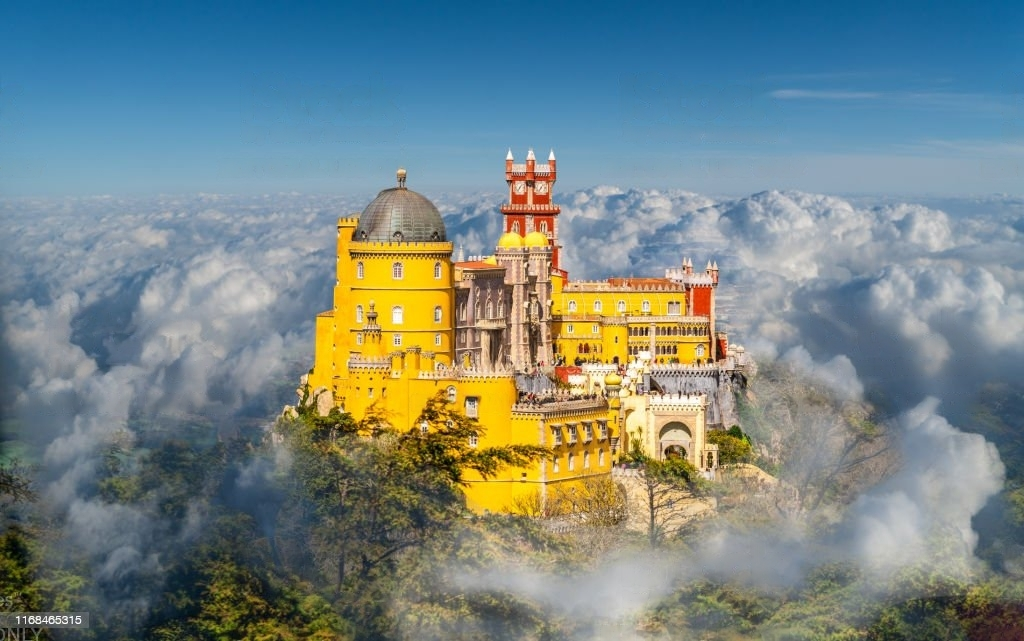

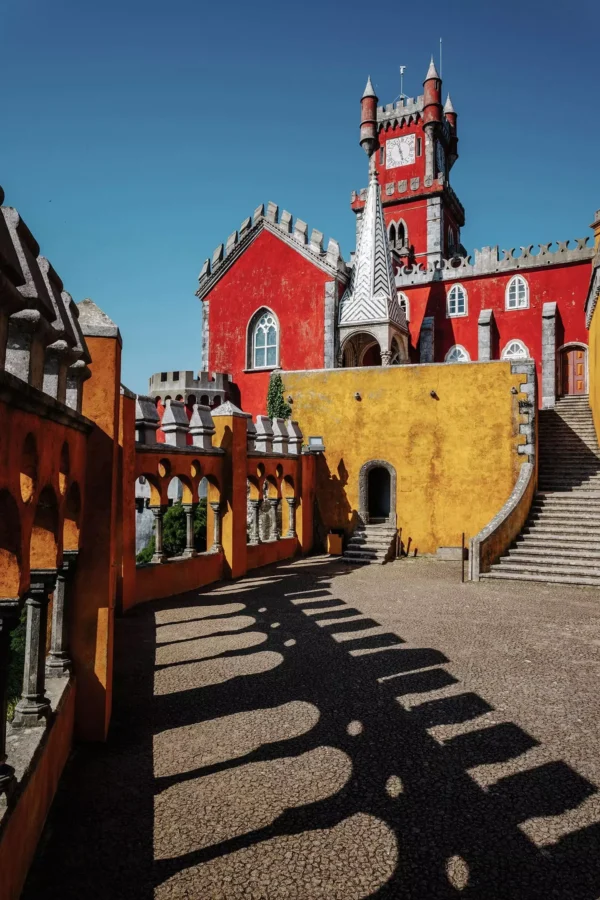
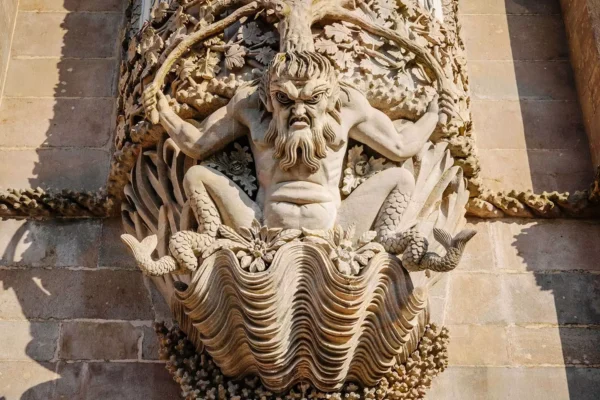
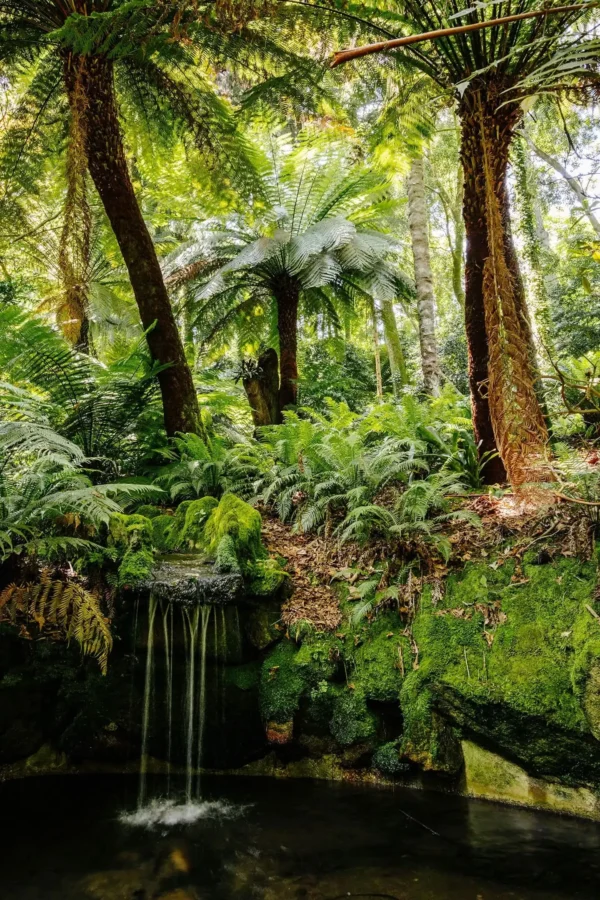
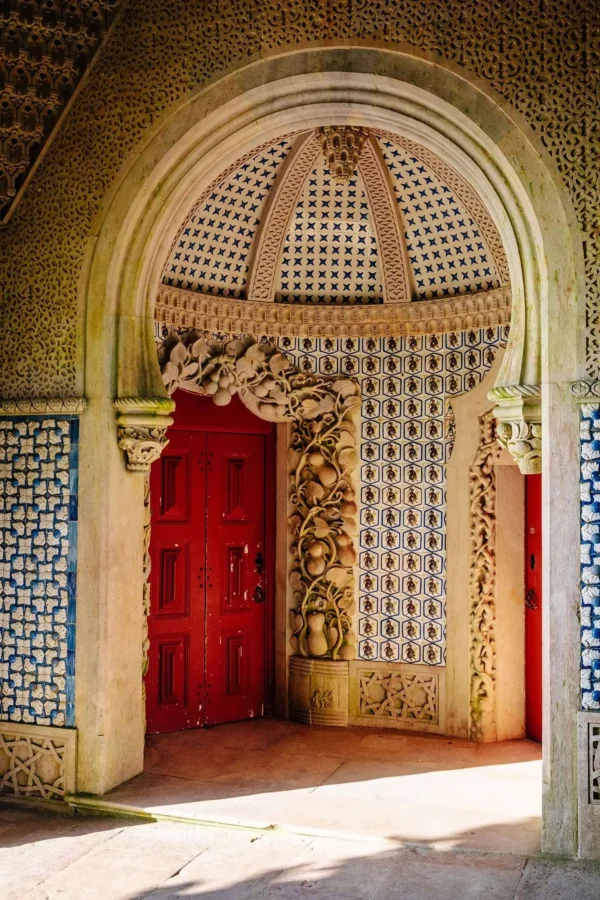


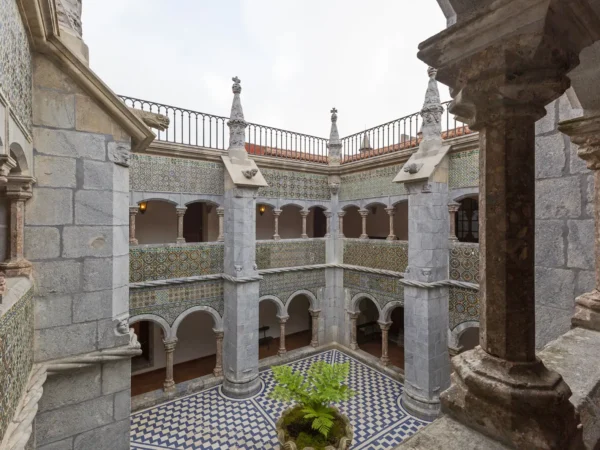

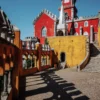


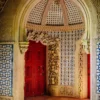

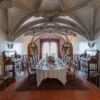
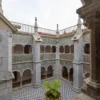



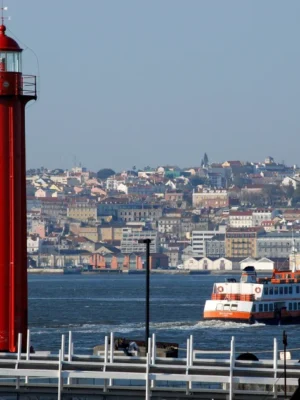

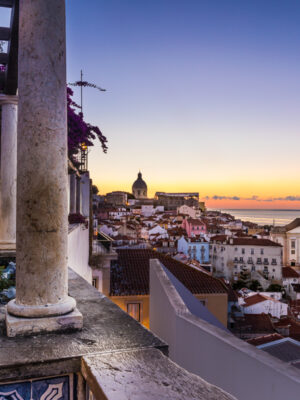
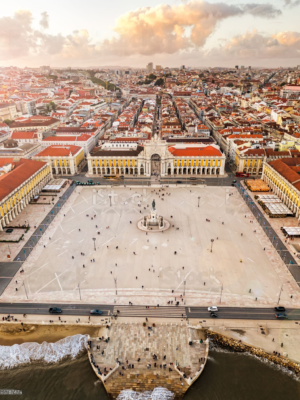
Reviews
There are no reviews yet.